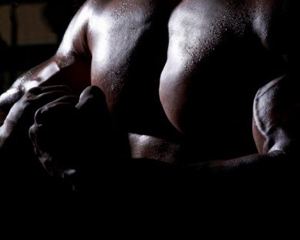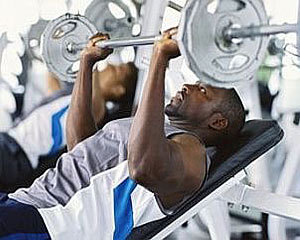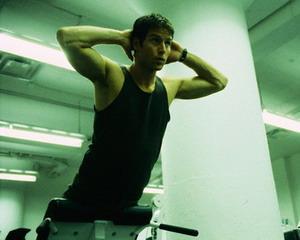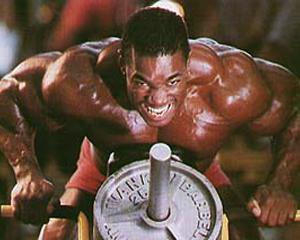Vertical thrust reverse FEATURE
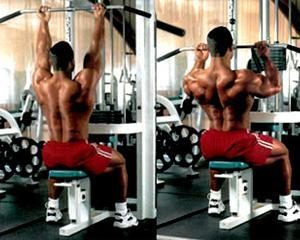 Vertical pull back or normal grip, as well as pull-up wide grip – all this exercise, the implementation of which to the maximum extent loads the broadest. Of course, the role of pull-ups is not indisputable, but if for some reason pull-ups are not your choice, then there is no better alternative for expanding the back than the thrust of a vertical block.
Vertical pull back or normal grip, as well as pull-up wide grip – all this exercise, the implementation of which to the maximum extent loads the broadest. Of course, the role of pull-ups is not indisputable, but if for some reason pull-ups are not your choice, then there is no better alternative for expanding the back than the thrust of a vertical block.
Performing a vertical thrust reverse grip increases the volume of the broadest muscles (especially their middle part), which gives the figure a beautiful V-shape.
In addition, well-developed latissimus muscles are a good bonus for such sports as tennis, gymnastics, mountaineering, volleyball, basketball and others.
Technique of vertical thrust reverse grip
Proper exercise technique:
1. Sit facing the vertical thrust trainer. Fix your legs with special rollers, so that your hips are pressed against the bench, and your feet fully rested against the floor. Grasp the fingerboard at the width of your shoulders. Straighten your back, slightly bend your lower back and tighten your lumbar muscles. This is the starting position.
2. Inhale, hold your breath and gently pull the neck to your chest, so that your elbows along the sides move strictly down behind your back and the body remains stationary. When the fingerboard touches the chest, pause the longest, then exhale and gently return to the starting position.
3. After a short pause, do one more repetition.
It is important:
During the exercise, make sure that the body is in a fixed position. Leaning back, you take some of the load off the broadest muscles. This, by the way, is the main reason why you should not rush to increase the weight of the projectile.
Keep in mind that the more straightened the arms in the starting position, the more stretched the broadest, and therefore, the more they shrink during the exercise.
Pull the weight to the chest should be smoothly, but continuously. As soon as the elbows stop, then after the resumption of movement, the biceps are activated. Therefore, performing the exercise, you can pause only in the initial position, and when the neck touched the chest.
When the neck touched the chest, try to reduce the shoulder blades as much as possible, thereby you increase the load on the broadest.
Exercise options
Depending on the grip and its width, the thrust of the vertical (upper) block will allow you to work out the muscles of the upper and middle backs. The basic rule is: the wider the grip, the stronger the top of the widest ones, which actually determines the width of the back. Accordingly, the narrower the grip, the stronger the load is shifted down the broadest muscles. And if your main goal is biceps, then just change the grip on the back (palms look at the torso) and grab the fingerboard by the grip of the shoulder width.
Working muscles
the broadest muscles
upper back
chest muscles
deltoid muscles (posterior head)
biceps
forearm
